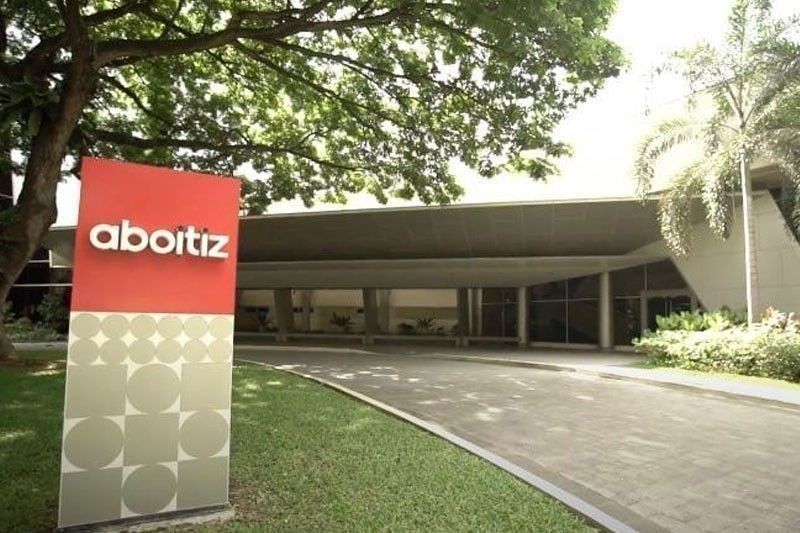DOST hails Meralco, Aboitiz nuclear energy initiatives

MANILA, Philippines — The chief of the Department of Science and Technology’s nuclear unit, the Philippine Nuclear Research Institute, hailed the separate initiatives of two of the country’s blue-chip conglomerates, Meralco and the Aboitiz Group, on the potential adoption of nuclear energy in the Philippines to address concerns on the looming power supply gap.
Geologist-scientist Carlo Arcilla, director of PNRI, said that the DOST welcomes the initiatives of the two groups exploring high-potential nuclear energy technologies developed by US companies for potential adoption in the country.
“It means that they have seen the light,” Arcilla told The STAR.
“They have a lot of projects with renewables, like our government, but they realize that the intermittency of renewables cannot be solved by batteries alone,” he said. “You really need consistent baseload power, with no emission. There’s nothing that fills the bill like nuclear (power).”
He noted that the private sector’s foray into nuclear power will free up the DOST-PNRI from having to spearhead advocacy for this source of power, and concentrate on its regulatory role.
“(Their interest in nuclear energy is) A very important entry. Because they’re private, they’re more serious. And they will be the ones to buy the power plants. The only role of government there will be to regulate,” Arcilla said.
“The safety culture is easier inculcated in private companies than in government companies,” he said.
Meralco has entered into a cooperative agreement with US-based Ultra Safe Nuclear Corp. (USNC) to study the potential deployment of at least one micro-modular reactor energy system in the Philippines.
The signing of the deal was held on the sidelines of the 30th Asia-Pacific Economic Cooperation Leaders’ Summit in California and was witnessed by President Marcos.
Under the cooperative agreement, USNC will conduct a pre-feasibility study that will run for four months. This will help Meralco, the country’s largest electric distribution utility, familiarize with micro-modular reactor or MMR systems and how these can be effectively utilized in the Philippines.
The micro-modular reactor energy system is a fourth-generation nuclear energy system that delivers safe, clean and cost-effective electricity to users anywhere. It is the first “fission battery” in commercialization, with demonstration units scheduled for first nuclear power in 2026.
On the other hand, the Aboitiz Group’s power unit, Aboitiz Power Corp., also has its initiative on nuclear energy, exploring collaborations with US-based NuScale Power Corp. and also with USNC.
NuScale is engaged in developing small modular reactor technologies.
Arcilla said that he had personally been presented by USNC, with Department of Energy officials, their MMR using silicone carbine as a protective layer for uranium in nuclear energy production earlier this year.
He said that the technology concept seemed to offer a game changing boost to the world’s hunger for baseload power without the emissions brought by coal, whether it be traditional dirty coal, or “clean coal.”
“Because the reactor for that, instead of the protection coming from thick building (infrastructure), and (being put in an) isolated (location), the protection is on the fuel itself. You will pack the fuel in silicon carbide with several layers. So that even if it generates heat, there will be no meltdown,” Arcilla explained.
“That is their (USNC) claim and that should be tested, but there is good theoretical basis for that,” he said. “The importance of that feature is that it means a nuclear power plant can be constructed anywhere. Even in your backyard.”
It’s called triso fuel, he added, which Arcilla said would be “very, very safe.”
He further explained that one of the important characteristics of triso fuel is its medium for transporting heat, which is helium. Not only does helium not react with uranium, since it is a gas, it can also accommodate a lot of heat.
“The problem with water is, at 100 degrees (Celsius), it already boils so you cannot reach very high temperatures. With helium, you can reach very high temperatures. And what’s a consequence of that? You can generate a lot of heat,” Arcilla continued.
With more than a hundred thousand coal plants in operation now in the world, the DOST-PNRI official said that if this technology works, “you can theoretically replace just the boiler of these coal plants with this kind of reactor.”
“And then you can retain the balance of the plant, you can retain the turbine... the only thing you change is the boiler,” Arcilla said. “If that’s true, then it could be truly a game changer.”
He said that this means that dirty coal power plants can be easily converted into nuclear power plants without the safety worries.
- Latest
- Trending



























